Related Research Articles

Pyraustinae is a large subfamily of the lepidopteran family Crambidae, the crambid snout moths. It currently includes over 1,400 species, the majority of them tropical but some found in temperate regions including both North America and Europe.
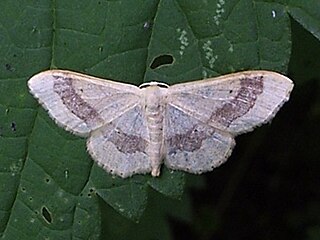
Idaea, sometimes called Hyriogona, is a large genus of geometer moths. It was erected by Georg Friedrich Treitschke in 1825. They are found nearly worldwide, with many native to the Mediterranean, the African savannas, and the deserts of western Asia.

Spilomelinae is a very species-rich subfamily of the lepidopteran family Crambidae, the crambid snout moths. With 4,132 described species in 340 genera worldwide, it is the most speciose group among pyraloids.

Though small in absolute diversity of genera, the Hemitheini are nonetheless the largest tribes of geometer moths in the subfamily Geometrinae. Like most Geometrinae, they are small greenish "emerald moths". The tribe was first described by Charles Théophile Bruand d'Uzelle in 1846.
Piletocera is a genus of moths of the family Crambidae. The genus was first described by Julius Lederer in 1863.

Syllepte is a genus of moths of the family Crambidae.

Abraxas, the magpie moths, is a genus of moths in the family Geometridae. It was first described by William Elford Leach in 1815.

Hydrelia is a genus of moths in the family Geometridae erected by Jacob Hübner in 1825.

Scopula is a genus of moths in the family Geometridae described by Franz von Paula Schrank in 1802.

Oenochrominae is a subfamily of the moth family Geometridae.

Eupitheciini is a tribe of geometer moths under subfamily Larentiinae, often referred to as pugs. The tribe was described by Tutt in 1896.
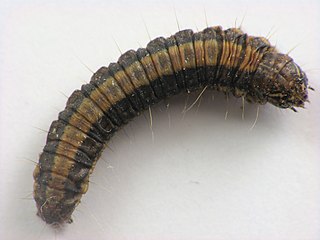
The Epipaschiinae are a subfamily of snout moths. Almost 600 species are known today, which are found mainly in the tropics and subtropics. Some occur in temperate regions, but the subfamily is apparently completely absent from Europe, at least as native species. A few Epipaschiinae are crop pests that may occasionally become economically significant.
Embryoglossa aethiopicalis is a species of snout moth in the genus Embryoglossa. It was described by Max Gaede in 1916 and is known from Nigeria.
Embryoglossa bipuncta is a species of snout moth in the genus Embryoglossa. It was described by George Hampson in 1903 and is known from India.
Embryoglossa variegata is a species of snout moth in the genus Embryoglossa. It was described by Warren in 1896, and is known from northern India.
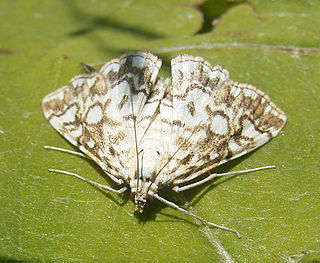
Acentropinae is a fairly small subfamily of the lepidopteran family Crambidae, the crambid snout moths. Species of this subfamily are exclusively found in wetlands and aquatic habitats.
William Warren was an English entomologist who specialised in Lepidoptera.
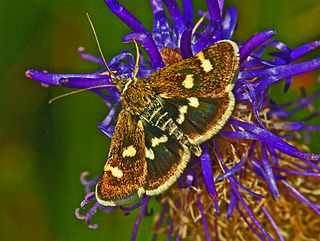
Odontiinae is a subfamily of moths of the family Crambidae. The subfamily was described by Achille Guenée in 1854.
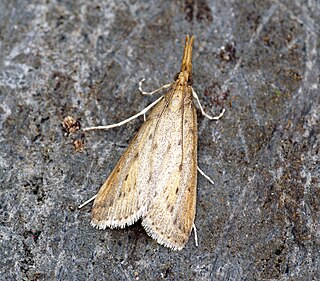
Schoenobiinae is a subfamily of the lepidopteran family Crambidae. The subfamily was described by Philogène Auguste Joseph Duponchel in 1846.
References
- ↑ "GlobIZ search". Global Information System on Pyraloidea. Retrieved 2011-09-29.
| This Pyralinae-related article is a stub. You can help Wikipedia by expanding it. |